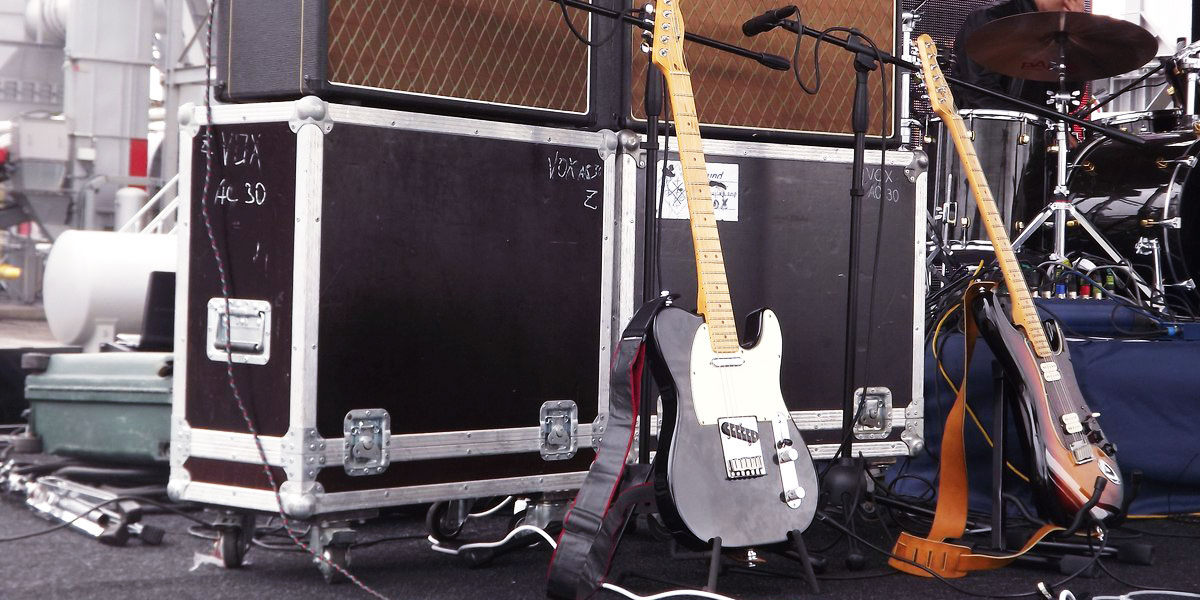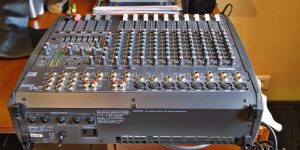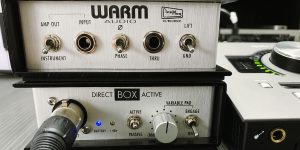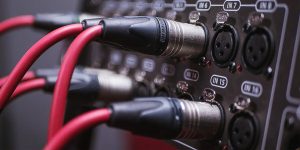Whether you’re a live performer, a recording artist, or a sound engineer, you know that pristine sound quality is non-negotiable. It can make or break a performance, track, or production.
Today, we’ll explore a crucial aspect of delivering top-notch sound: line check vs sound check. We will also discuss how mastering this art can be your secret weapon to delivering the best sonic experience.
The purpose of line checks
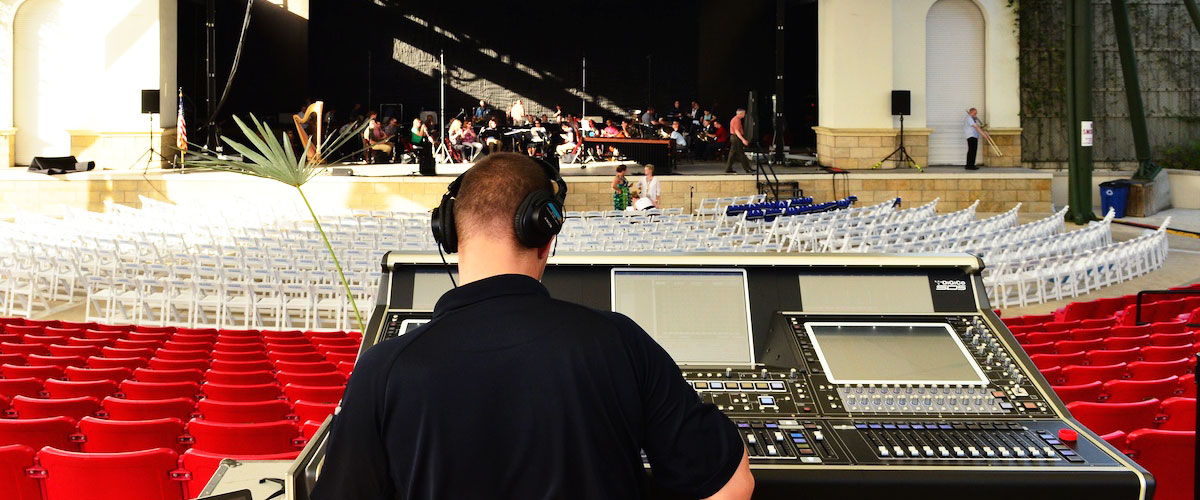
So, what exactly is a line check? At its heart, it’s all about ensuring the integrity of the audio signal path. Imagine it as your audio system’s health checkup. We go through every link in the chain, from microphones and instruments to cables, connectors, and the mixing console or recording equipment.
Why? Well, the ultimate goal is to catch and resolve any potential issues before they can ruin the sound quality for both performers and the audience. Nobody wants to hear annoying hums, crackling, or distortions during a performance, right?
During a line check, tech-savvy wizards actively listen for any anomalies like those pesky hums, crackles, distortion, or sudden signal drops. If they spot something awry, they follow the trail back to its source and fix it pronto.
In simpler terms, a line check ensures that everything’s connected correctly and the audio signal goes exactly where it should.
Components of a line check
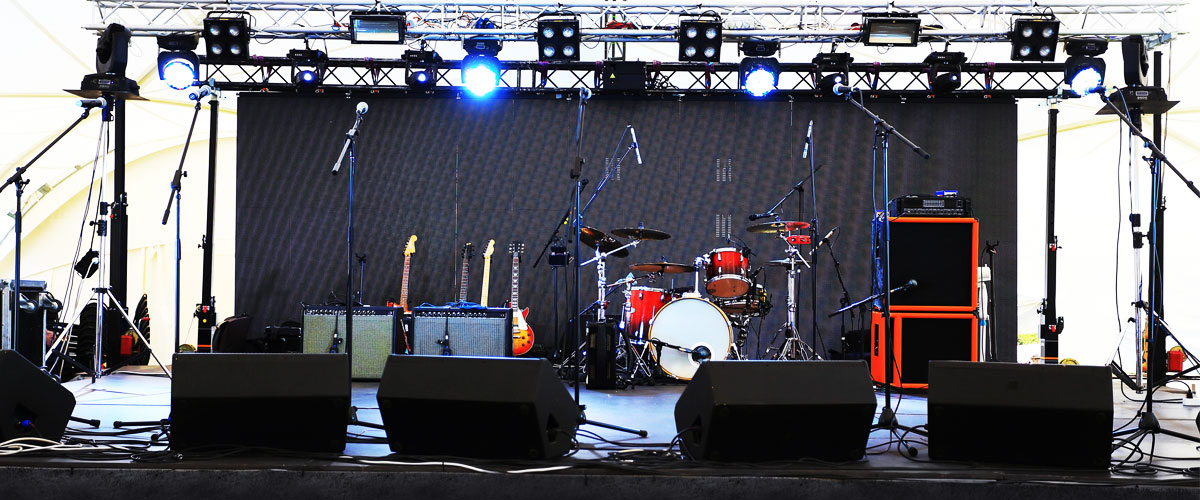
When it comes to ensuring top-notch sound quality, a thorough line check is really important.
- Cables and connections: First things first, always inspect your cables and connections. Ensure they’re snugly connected and free from wear and tear. Faulty cables can wreak havoc on your sound quality, causing interference, signal loss, or those annoying unwanted noises.
- Signal flow: Think of audio as a journey; it travels from your source (like a microphone or instrument) through various devices, finally reaching your output (like amplifiers or speakers). Understanding this signal flow is key to maintaining a clear and consistent audio signal.
- Microphone check: If you’re using microphones, make sure they’re in tip-top shape and correctly positioned. A well-functioning microphone is the gateway to capturing crystal-clear sound.
- Instrument check: Musicians, this one’s for you! Ensure your instruments are properly tuned and that their outputs seamlessly integrate into the audio system. A harmonious blend between instruments and the audio setup is music to our ears.
The role and importance of sound checks
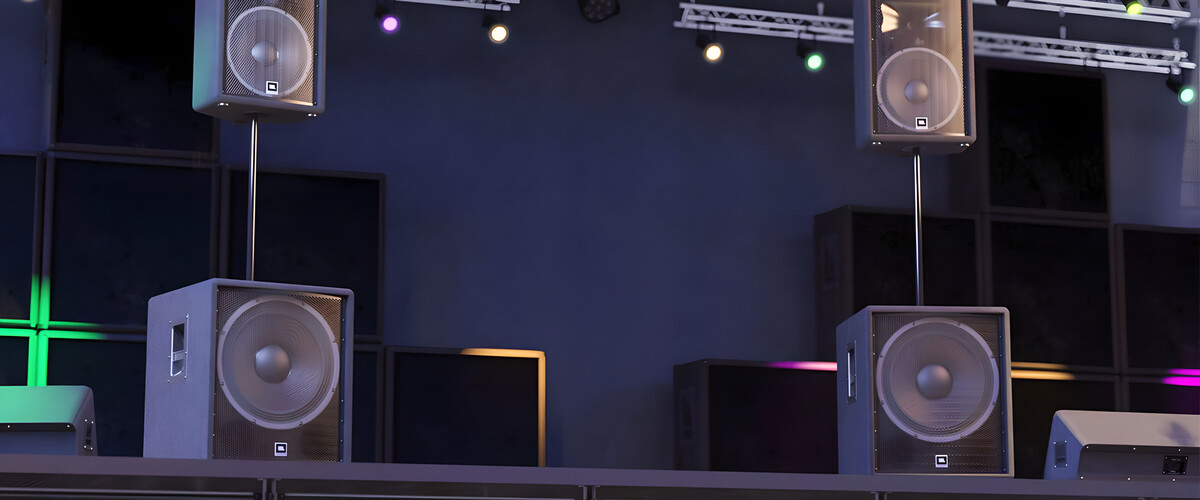
You see, sound checks are more than just turning up the volume knobs – they’re the secret sauce that makes a concert unforgettable. The key difference between a sound check and a line check is that the former is all about crafting the perfect sonic experience, while the latter is merely about ensuring things are connected and working.
During a sound check, we musicians work diligently to fine-tune the frequencies of each instrument, tweak microphone settings, and harmonize the entire ensemble’s sound. It’s a delicate dance that ensures every note, every lyric, and every subtle nuance reaches your ears in perfect harmony.
Step-by-step process
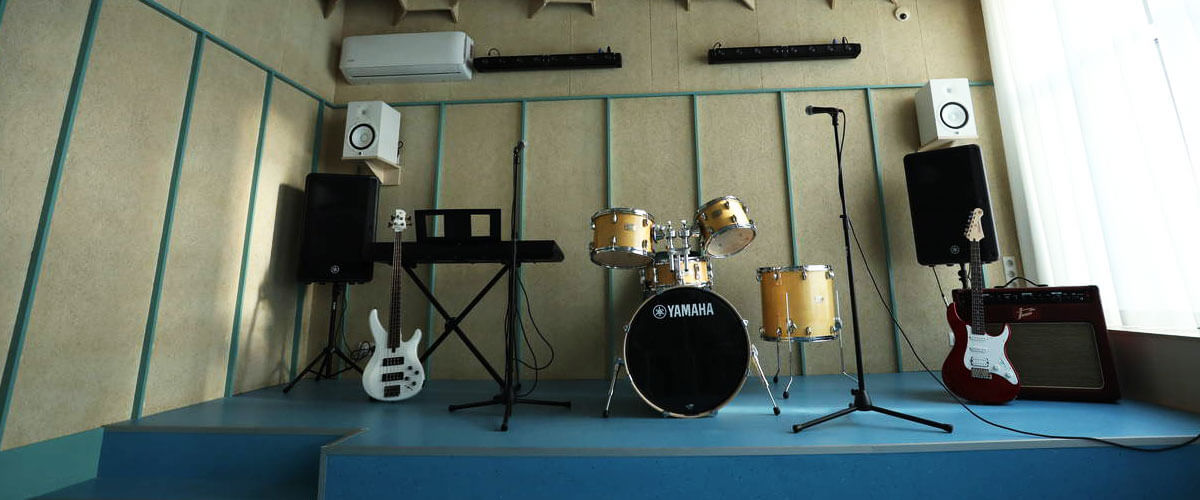
- Setup: Start by placing your instruments, microphones, and monitors where you want them on stage. Ensure everything is secure and within easy reach.
- Line check: Before diving into sound check, perform a line check. Test each microphone individually to guarantee they’re working correctly. This helps avoid any unwanted surprises during the show.
- Sound check: Now, let’s fine-tune the sound. Musicians play their instruments while the sound engineer adjusts levels and frequencies to create a balanced mix.
- Monitor adjustment: Ensure you can hear yourself and your fellow performers clearly. Adjust your stage monitors to your liking so you’re in sync with the band.
- Front-of-house mix: The sound engineer refines the mix for the audience, ensuring that vocals, instruments, and effects are perfectly balanced. This step is crucial for a memorable performance.
By mastering the difference between sound check vs line check, you’ll be ready to rock the stage with confidence!

